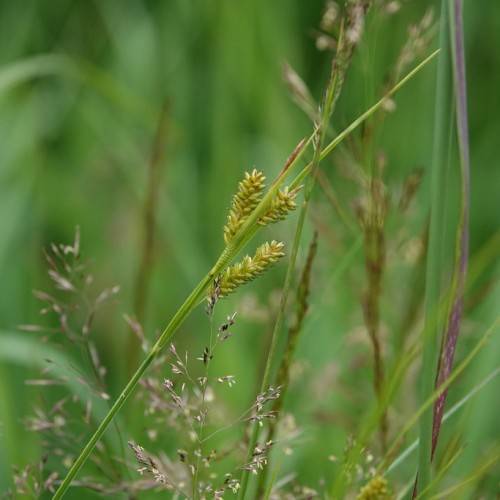
Pale Sedge
Carex pallescens
Also Known As - Pale Green SedgeWatering:
Minimal
Hardiness Zone:
Flowers:
Flowers
Sun:
Sun
Soil:
Clay, Sand
Fruits:
Fruits Ready In
Leaf:
Yes
Growth Rate:
Low
Drought Tolerant:
Yes
Salt Tolerant:
Yes
Care Level:
Low
watering
For Chaffy Sedge to thrive, it should receive ample water. Water the plant until the soil is evenly moist but not soggy. During the spring and summer months, water the plant consistently. Aim to water the plant every 3 to 5 days during the growing season. During the cooler months of fall and winter, water the plant less frequently, about once every 10 days. If you live in a particularly warm and dry area, you may need to water more often. Monitor the moisture of the soil and adjust watering accordingly.
sunlight
Chaffy Sedge is a plant species that typically tolerates full sun to light shade. This means that it can thrive in an area that receives direct sunlight throughout the day, approximately 6 to 8 hours. For optimum growth, Chaffy Sedge should receive full sun during the spring and summer, and some shade during the winter. The lower light intensity during the winter months helps the plant rest and prevents it from becoming scorched in direct sun.
pruning
Chaffy Sedge should be pruned once per year in late winter or early spring before new growth begins. To properly prune the plant, you will need to remove any dead or diseased stems and foliage, as well as prune back any tall stems that have grown during the year. You should also prune to maintain the desired shape and size. Be careful not to trim too much, as this can damage the plant. Always use sharp, clean pruning shears for best results.
